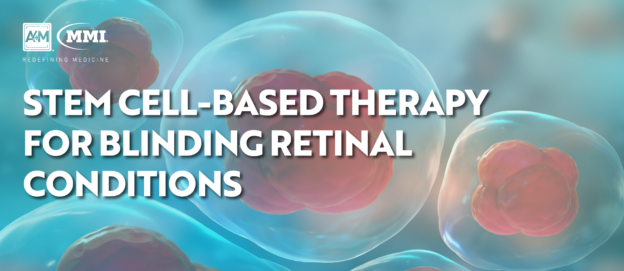The rapidly emerging field of stem cell therapy has furthered the burgeoning area of regenerative medicine, with stem cell-based methods demonstrating proven success in reducing amounts of scarred heart tissue post-heart attack, and producing insulin-secreting cells in patients with type 1 diabetes.
The development and testing of new drugs using induced pluripotent stem cells is on the rise, with pluripotent stem cells creating cancer cells to test newly formulated anti-cancer drugs. Yet despite a multitude of studies and trials, stem cell therapy remains mostly theoretical, with few treatments reaching even the earliest phases of clinical trials. Future researchers hope to revolutionize medical practices with new developments in stem cell technology.
UCLA scientists of the Eli and Edythe Broad Center of Regenerative Medicine and Stem Cell Research were recently awarded a $5.1 million grant to develop a stem cell-based therapy for blinding eye conditions. This grant will help drive regenerative retinal therapy to clinical trials in humans through stem cell-based research aimed at treating macular degeneration and other causes of blindness. Blinding eye conditions including macular degeneration affect more than 10% of the U.S. population over the age of 65: a number expected to increase to nearly 20 million by 2020.
Stem-cell based regenerative treatments involve using patient’s skin cells to generate autologous induced pluripotent stem cells to replenish retinal pigment epithelium (RPE) cells. Deterioration of RPE cells beneath the retina contributes to the loss of photoreceptors, ultimately leading to blindness. Research indicates that surgically transplanted induced pluripotent stem cells merge with existing RPE cells in the patient’s retina, rescuing and spurring regeneration of the eye tissue while maintaining the patient’s genetic code.
While the initial clinical trial developed by Dr. Steven Schwartz and his UCLA research team revealed that RPE replacement therapy may preserve or restore vision, substantial health risks were involved. Previously used human embryonic stem cells required patients to take immunosuppressive drugs to prevent their bodies from rejecting transplanted RPE cells. Long-term immunosuppressive therapy can be dangerous for elderly patients, which comprised the treatment’s target demographic.
Schwartz’s new trial method will make treatment more accessible to patients through its use of patient-derived stem cells, eliminating the risk of cell rejection and need for immunosuppressive therapy. The new treatment will additionally be delivered to patients through a minimally invasive surgery via a liquid suspension: reducing overall risks and recovery time.
Schwartz’s research team is not the only group of scientists working on this issue; phase 2 of the UCLA clinical trial is expected to launch this year. The National Institutes of Health published a study in January reporting advancements in the field, bringing stem cell-based retinal regeneration therapy closer to achievement. These newly devised methods will open up the possibility of initiating treatment at earlier stages of macular diseases, before too many RPE cells and essential tissues are lost. Early intervention may prove critical to the success of treatment, while making it increasingly accessible to patients who need it most.

